
Environmental Services
Latest News


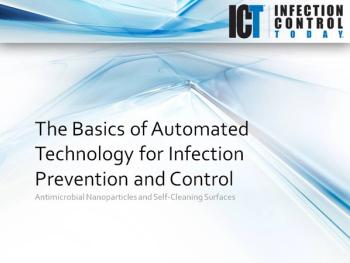

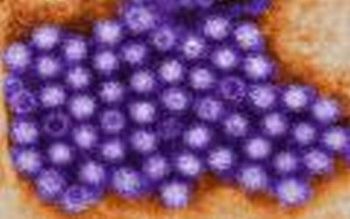
Healthcare facilities that experience outbreaks of norovirus are challenged with disinfection methods, case histories and control measures. Because the norovirus is highly contagious and lives in the inanimate environment, isolation and cleaning practices must be vigilant.

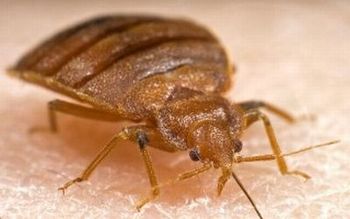

Infection Control Today asked members of industry to share their best advice to infection preventionists and purchasing managers when evaluating microfiber and healthcare textiles relating to infection prevention best practices.



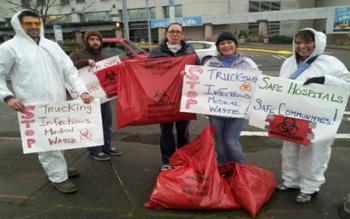
Local activists continue to voice their objections at area hospitals over the practice of trucking infectious medical waste through local communities to be treated at a remote facility. As Safe Hospitals Safe Communities spokesperson Debra Pelletier notes, "We are visiting area hospitals to raise awareness about the transportation of medical waste through local communities and ask for safer disposal of medical waste. Nearly 1,000 hospitals now use on-site sterilization technologies that prevent infectious medical waste from being trucked through our neighborhoods, thus stopping the spread of infectious pathogens and preventing possible accidents and spills."
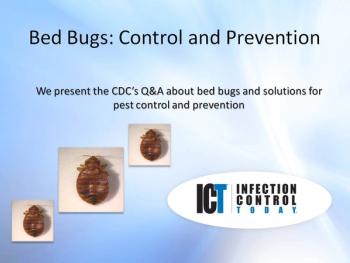



SCA, the makers of the Tork® brand of away-from-home paper products announces highlights from the third annual Tork Report, a comprehensive look at sustainability issues and hygiene practices among North American businesses and consumers. The 2012 Tork Report, "The Sustainability Gap," highlights areas where companies have made progress in improving sustainability goals but also identifies trends that have taken a step backward. The survey was conducted online by Harris Interactive among 1,015 U.S. and 555 Canadian business professionals and 2,114 U.S. adults age 18 and over.

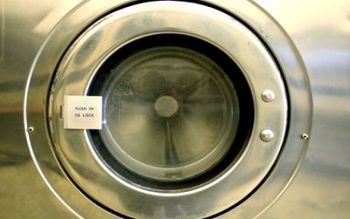
Infection Control Today spoke with Cindy Molko, CLLM, RLLD, director of linen and central services at Mayo Clinic - Saint Mary's Hospital in Rochester, Minn. about key issues facing laundry and central sterile professionals related to infection prevention.





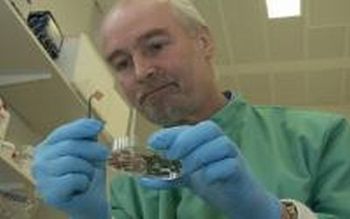
New research from the University of Southampton has shown that copper can prevent horizontal transmission of genes, which has contributed to the increasing number of antibiotic-resistant infections worldwide.



